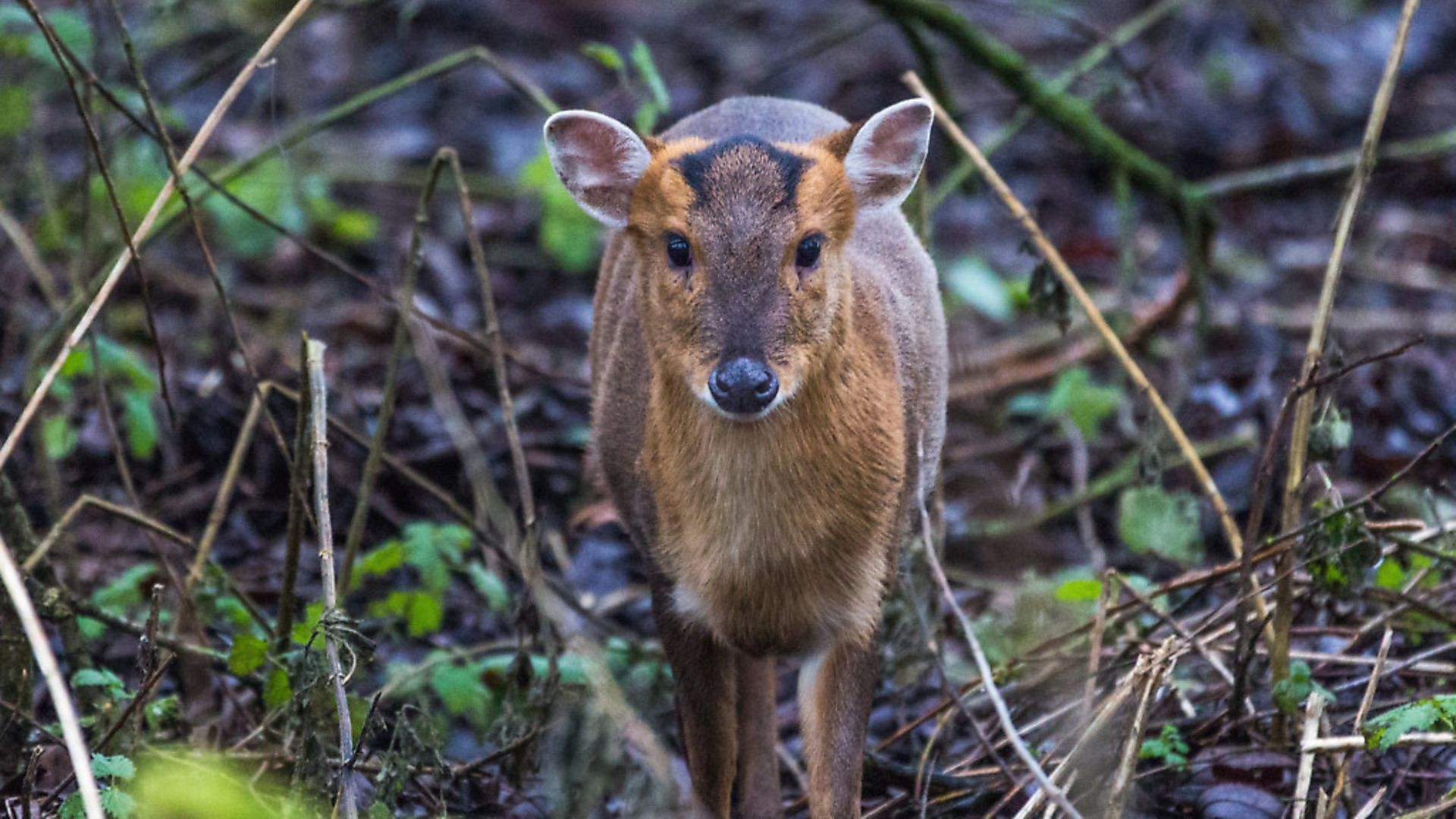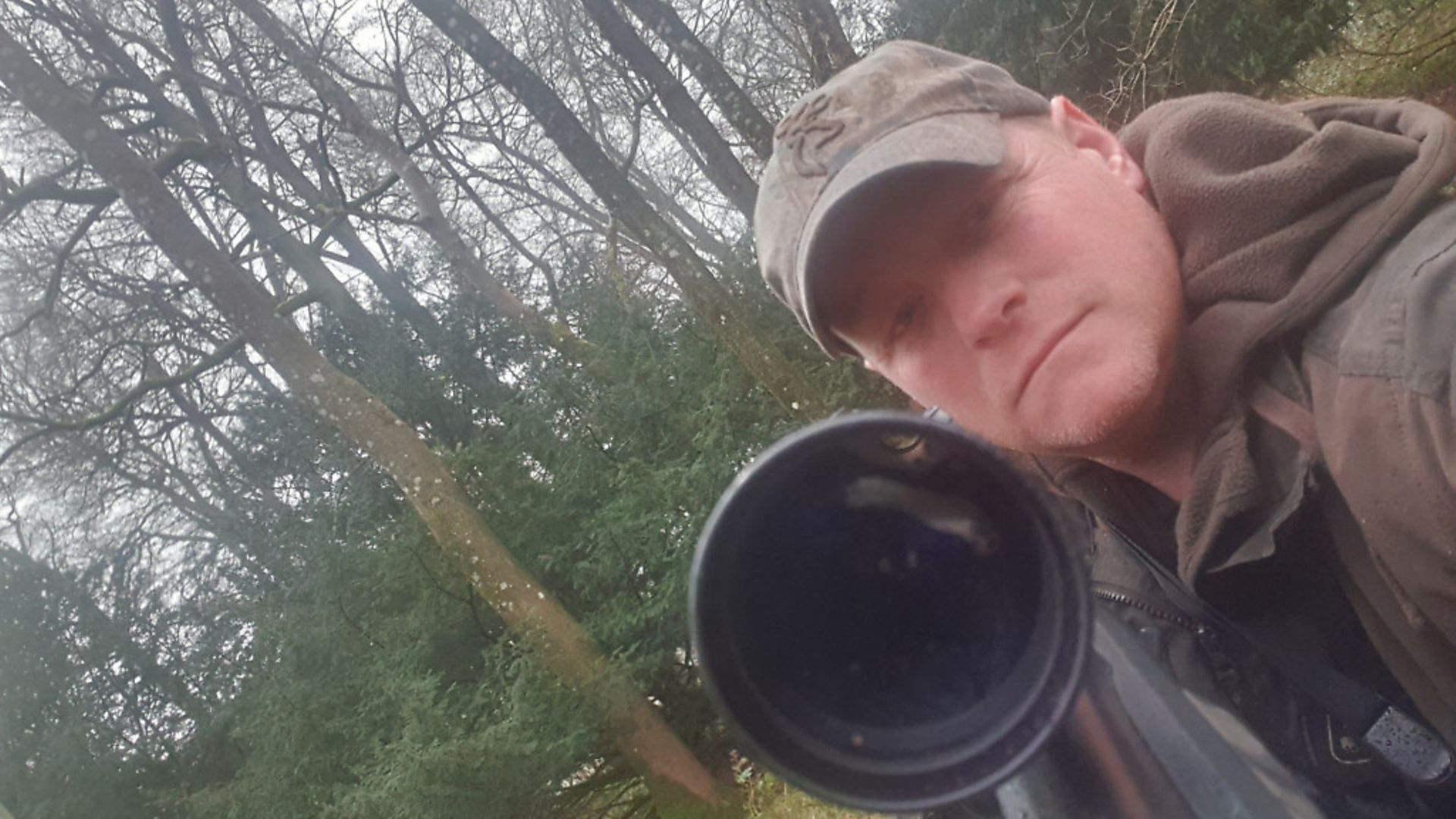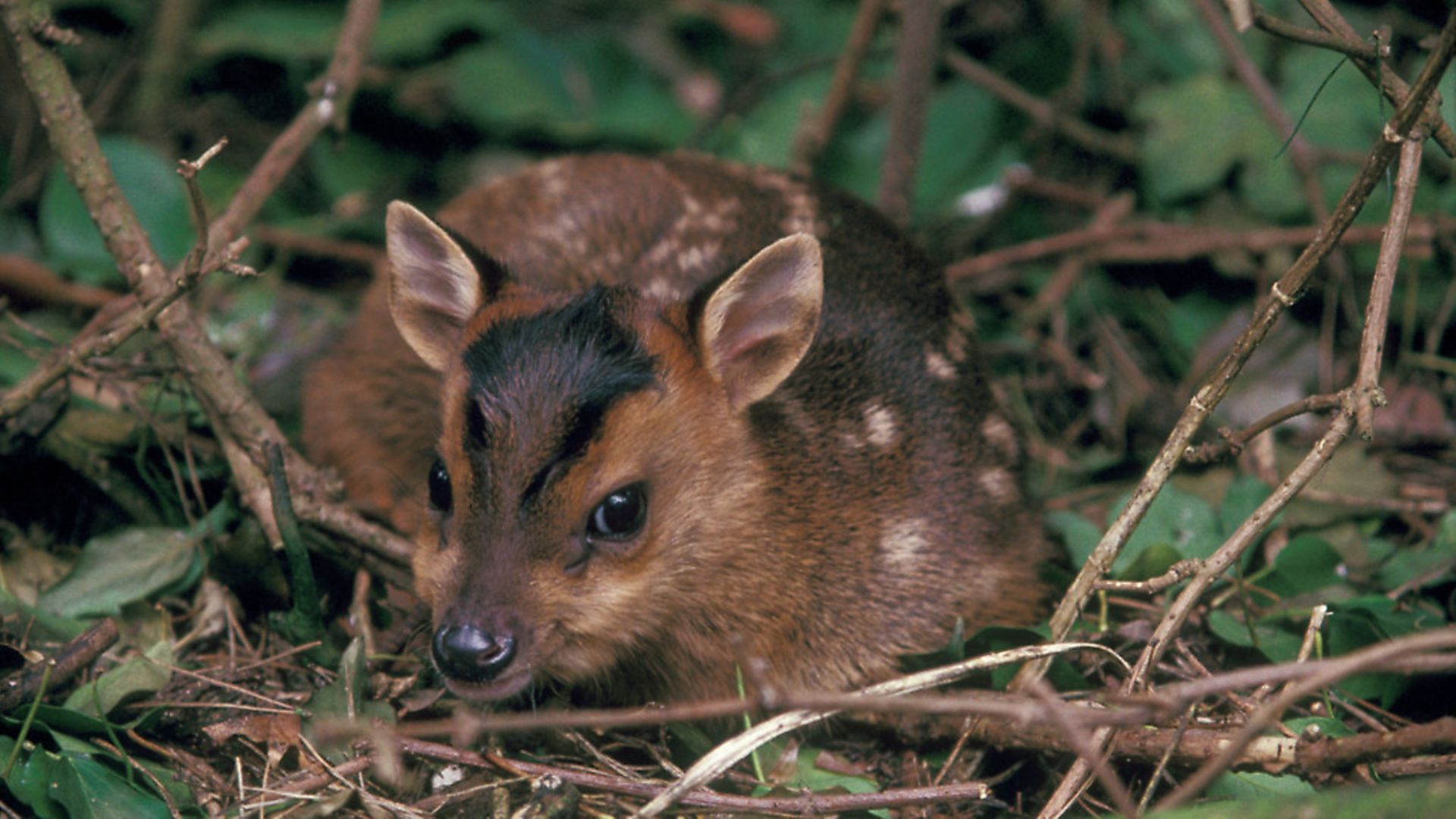Should deer managers rely on the month of March to complete their doe cull, or is it best left as a back-up plan? Tim Weston finds out
 credit: Getty Images/iStockphoto
credit: Getty Images/iStockphoto
Deer management, like everything, had a tough year in 2020. Even before the Covid-19 pandemic hit, the market for venison was changing and the value of a carcass was decreasing – but that was nothing compared to the closure of almost every restaurant in Europe. The demand for wild venison vanished overnight.
Having said that, we have a responsibility to cull the deer on our estates, especially the females, and that is why the Deer Act in England was changed to give an extra month’s extension to the doe season from 28 February to the end of March. The idea was to give us a bit of leeway when it comes to deer management and allow for inclement weather and the inability to get out on the ground because of other activities on the estate such as game shooting, farming etc. More and more stalkers take advantage of this additional month to cull female deer of all species in England. But is using March to finish your cull the right thing to do? Let’s find out.
 credit: Archant
credit: Archant
Why culling female deer is important
When we look at the population dynamics of deer in the UK, we have a similar number of females to males on the whole, with probably slightly more females because of the shorter season (for large species). That is a good thing in itself; it shows that as deer managers we are committed to the health of the deer herd and not just the antlers on the males’ heads. In pure population terms, the males are pretty irrelevant; they will cause just as much damage as a female but they are not directly responsible for the recruitment of the next generation. It only takes one buck or stag in an area to service most of the does or hinds. If he manages to cover 20, 40 or even 100 females, they will all give birth to one or more fawns. It is generally accepted that over the course of the year, if left alone, the deer herd will increase by one third. The only way to stop that increase is by culling females.
A very good and stark example of deer management being undertaken badly is in the USA in the state of Hawaii. At the back end of 2020, a drought struck one of the islands and 100s of axis deer were dying on a daily basis. People were finding them dead on lawns after trying to drink from swimming pools and ponds. A news report showed that over 80% of the deer were female due to hunters wanting to take stags. That is the reason that the population raced away – with that proportion of female deer, the recruitment would be massive and unsustainable.
 credit: Archant
credit: Archant
Deer breeding cycle
Most of our UK deer (other than muntjac) have a defined breeding cycle (the muntjac will breed all year round), with deer being born from May to July. However, in some cases, roe have been recorded giving birth in late March and early April.
That means that there is a distinct possibility that you will find a very well-developed foetus or several in the doe when shooting deer late into March. Ethically, I don’t think that this is a problem, but it is more of a personal thing. Ultimately, the end result is the same. A way to avoid this is to cull yearling females earlier in the year, before they have had the chance to get pregnant.
 credit: Archant
credit: Archant
Venison market
In normal times, game dealers have to contend with a strange supply chain – it is very seasonal and entirely up to the individual stalkers to get out to the woods to cull deer. A game dealer is unable to predetermine what product they are going to get and when they will get it, be that species or gender. But as we are looking at the doe cull here, it is always worth speaking to your game dealer.
Generally speaking, game dealers will sell the bulk of their venison before Christmas, especially to the continent, and on the whole the meat wholesalers want fresh and not frozen venison then. In terms of marketing your meat, it would make more sense to cull mature does at the start of December, so they have a viable market to go to.
What the professionals say:
Chris Rogers
Full-time deer manager, Norfolk
As a full-time deer manager, I can operate our cull unhindered by bird shooting from the start of November, so the March extension isn’t a great advantage to me. I still try and finish the roe doe cull by the end of February, which leaves me all of March to concentrate on muntjac while the cover is at its lowest.
I will cull fallow and red females through March if they are causing issues to our agricultural crops, or, obviously, if we see an individual that needs culling from a health perspective. I understand that some stalkers find it hard to cull heavily pregnant females in March, but the reality of 20 years of culling muntjac is that I have got used to gralloching deer across all levels of foetus development.
David Wiggins
NGO Deer Branch Chairman
We would try to get done by the end of February normally, but it is always worth remembering that when you are culling in November the females can still be milky, so at that time of year we target old, barren females that don’t have dependants.
The earlier you can start your cull the better in terms of deer management and venison sales, but every situation is different. We use March as a fall-back month and not as part of our management plan in normal circumstances.
Pete Jagger
Full-time stalker, The Lowther Estate, Cumbria
I always try and finish my hind cull in the middle of February at the latest and concentrate on adult females, which means I can maintain the population. I don’t like March culling because of the size of the red deer foetus and I believe the deer need a break at some point. However, I will go later if needed and use the March extension only if we have had snow, or if I have not been able to get on the hill for some other reason. My personal view is that if you have to still be culling in March you have failed in your annual female cull and you need to look at your management plan. March is simply a buffer month if you genuinely need to use it.
Mark Elliott
South Downs Veterinary Consultancy, Sussex
You have to remember that every person who is only taking male deer in the late season (or indeed through the doe season generally) is leaving a vacuum that will be filled by does and fawns. This can only lead to an increase of the local deer population with consequent welfare issues and risk of disease.
If you have a deer problem in an area, you should use all available resources to you, including the month of March, and focus on culling the females if you are truly intent on reducing numbers.
Conclusion
Culling of female deer in March seems best to be used as a tool to reduce the number of female deer in the areas that need it the most, or as a way of being able to get out on the ground for an extra four weeks if conditions have not been favourable in the early part of the winter.
The season for male deer in England and Wales is long and the only way to reduce or maintain populations is to control females: that is accepted by all.
Using the month of March to do that is, in my view, perfectly acceptable and good management, but to use it as a form of additional sport stalking is probably unnecessary.